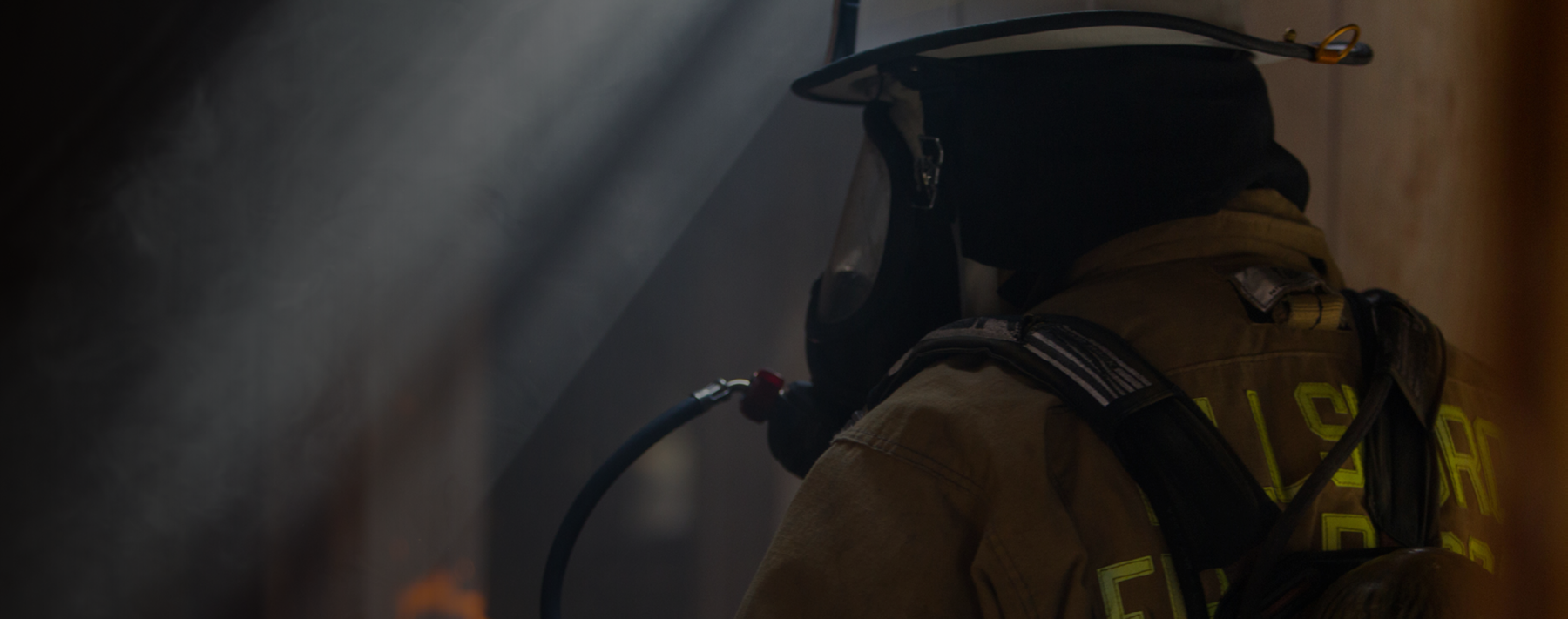The Merriam-Webster dictionary defines red flag as a “warning signal or sign,” “something that indicates or draws attention to a problem, danger, or irregularity.” My first question to you is: Does your department have a policy manual? This manual, if there is one, could also be labeled as standard operating procedures (SOP) or standard operating guidelines (SOG). If your answer is “no,” then you have a large, easy-to-identify red flag that your agency needs to address immediately.
No Policies at All
Having no policies in place allows anyone and everyone — from the newest member of your department to an attorney who just filed a lawsuit against your agency — to define the practices of your department. This red flag issue is unlikely to result in a positive outcome. Therefore, now is the time to get started in putting together a policy manual for your agency.
You should remember that policies and procedures are two different things. A policy is a document that offers guidance on what employees are supposed to do and why they are supposed to do it. The procedure details how they’re supposed to do it.
A word of caution is appropriate: Don’t cut and paste another agency’s manual below your letterhead and call it a day. All it takes is the simple mistake of leaving in something like “It is the policy of the ABC Fire Department” (when you are actually the XYZ Fire Department) to raise questions about the manual’s and/or department’s credibility.
Stale Policies
Moving on to agencies that already have a policy manual or manuals in place, the next red flag is the review process. In other words, when was the last time anyone reviewed the manual for errors, operational changes, or statutory or regulatory changes? “Not since Ben Franklin was a rookie” is a bad answer. Or how about a procedure that says to contact someone who has been retired or dead for the past 10 years? Perhaps a regulation was amended and changed from a “should” to a “shall”? Did that change make it into your policy manual? Your policy and procedures should undergo a periodic review. They are not — and should not be — static documents.
Also, consider who is writing and reviewing the policies. Do you have representation from across the department? Do you have legal counsel available to assist in the development and review of policies? Sure, you may know of other departments that are not reviewing for legal compliance, but that doesn’t mean yours shouldn’t. The most straightforward reason to have legal counsel review your newly revised policy is to make sure you’re not creating legal gray areas or inconsistencies. Policy guidance should be aimed at preventing or reducing the chances of harm – to a community member, your personnel and your agency.
Outdated policies are as risky and dangerous as not having policies at all. Old policies may fail to comply with new laws and regulations. Think back to the regulations passed during the COVID pandemic, and the policies your department issued to satisfy them. If they’re still in place, they may not address new systems or equipment, which can result in inconsistent practices at best or severe injury and death as the worst outcomes. Can you imagine a policy that still covers the use of scaling ladders or discusses the proper use of life nets when your ladder companies do not carry them?
Missing Policies
Assuming your agency has a manual and methodology to keep it up to date, let’s talk about missing policies. Gaps in your policies are another big red flag. Now is the time to identify any high-risk/low-frequency issues or events that could affect your department. A straightforward way to find those problems in waiting is to read the news.
How many times have you read about an agency issuing a policy after a tragic event occurs? This is akin to closing the barn door after the horse got away. Make a list of the most frequent topics appearing in trade publications or look for high-profile events that appear in the media. Then take your list and compare it to your current policies and procedures. Apparatus crashes, social media missteps, lithium-ion battery fires, and personnel wellness continue to dominate emergency services news. Does your agency have policies and procedures governing the operation of emergency vehicles, social media posts, lithium-ion mobility devices, and the health and wellness of your workers? These are just a few of the high-profile issues facing emergency services that pose risks to members and the department.
Ignored Policies
Another reason for the periodic review of policies and procedures is to evaluate members’ compliance and performance with respect to those policies. Are there members who habitually disregard policies? On the other hand, are there policies that most members disregard? There is a difference.
Every department is likely to have at least one member who disregards a policy or policies for any number of reasons. These tend to be training or disciplinary issues. On the other hand, if you have policies that practically everyone disregards, the policy may be impractical or inapplicable to your department or not readily understandable by your members.
The lack of adequate training is another big red flag to watch for. Was a new policy or procedure issued without any further direction or information? If so, the department has created a condition where it expects compliance but lacks effective implementation. How do you create accountability for a policy or procedure that lacks direction? The short answer is you cannot because it leaves too much to individual interpretation.
Confusing Policies
Lastly, are your policies and procedures written in a clear, concise manner? And are they all written following the same template? Convoluted language presented in varying formats is a big red flag — and a recipe for trouble.
Also, do the various sections of your policy manual match up with each other? When policies are written and updated haphazardly and infrequently, it’s not uncommon for a passage in one policy to contradict what’s said in another. Of course, if your personnel don’t actually know what the policies are or how they’ve changed, this compounds the issue. Either way, contradictory policies create an unfair burden on your people while also increasing legal risk. If an unfortunate incident occurs and your policy manual presents conflicting guidance on how the situation should’ve been handled, this will not go well for your organization.
Policy Best Practices
It is in the best interest of your department to have well researched and carefully written policies and procedures. Taking the time and resources to do so will help reduce risks faced by members and the department. Here’s a handy list to help you get started.
- List all policies that address federal or state rules, regulations and statutes.
- Identify and address high-profile issues.
- Include rank and file members in the development of policies and procedures.
- Create policies and procedures that are easy to understand.
- Include cross-references within individual policy documents that reference one another, so a change in one can prompt a corresponding change in the other.
- Establish training standards for the appropriate policies and procedures.
- Establish accountability for policies and consequences for violation.
- Make sure you are creating legally defensible policies and procedures.
Sound intimidating? It is! Policy creating is a complicated, exacting process that inevitably takes more time and effort than planned. Of course, you can always have Lexipol create policies for you, but if you choose to go it alone, make certain you do it right.



